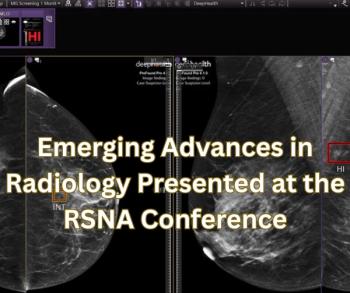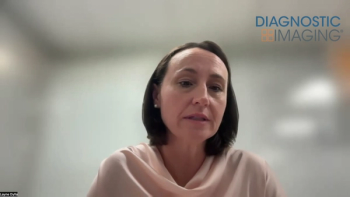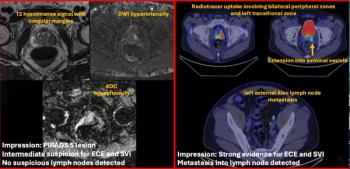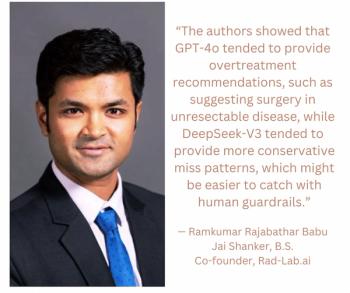
Emerging Nomogram May Predict Outcomes After PSMA PET-Guided Salvage Radiotherapy in Patients with Prostate Cancer
In a multinational, multicenter study of over 1,000 patients with recurrent prostate cancer, researchers developed and validated a nomogram that achieved a 72 percent concordance index for the prediction of biochemical recurrence after PSMA PET-guided salvage radiotherapy.
Detection of nodal recurrence on prostate-specific membrane antigen (PSMA)-positron emission tomography (PET) scans and salvage radiotherapy (sRT) dosing over 70 Gy are among seven predictive factors for assessing the possible risk of biochemical recurrence after PSMA-PET-guided sRT, according to newly published research.
For the multicenter retrospective study, recently published in
Nodal recurrence, which was detected on pre-sRT PSMA-PET scans in 30.4 percent of the study cohort, was one of seven predictive factors associated with freedom from biochemical failure (FFBF), according to the study authors. In addition to the 1.42 hazard ratio (HR) for nodal recurrence, the researchers said other predictive factors included: International Society of Urological Pathway (ISUP) grade 5 surgery specimens (2.39 HR); pathological stage (pT) 3b+4 (1.91 HR); sRT dosing greater than 70 Gy (0.44 HR); and androgen deprivation therapy (ADT) (0.49 HR).
Overall, the researchers found the nomogram had a 72 percent concordance index for predicting FFBF in the internal validation cohort and a 67 percent concordance index the external validation group.
“To our knowledge, this multicenter study developed the first nomogram to predict FFBF for PSMA PET-based sRT in recurrent prostate cancer,” wrote lead study author Constantinos Zamboglou, M.D., Ph.D., who is affiliated with the Department of Radiation Oncology at the Medical Center-University of Freiburg in Freiburg, Germany, and colleagues. “Besides clinical and therapeutic characteristics including pre-SRT PSA, ISUP grade, pT stage, surgical margins, ADT use, and sRT dose to the fossa, nodal recurrence on PSMA-PET was significantly associated with FFBF in multivariate analysis.”
(Editor’s note: For related content, see “
The study authors also noted that 167 (18.1 percent) of 923 patients with known metastasis developed distant metastases, which were diagnosed on PSMA-PET scans or computed tomography scans in 146 of those patients (87.4 percent). In the prediction of freedom from distant metastases (FFDM), the nonogram demonstrated a 70 percent concordance index value in internal validation and 61 percent for the external validation cohort, according to the researchers.
“ … It remains unknown whether metastasis-free survival is still a surrogate end point for overall survival for patients staged with PSMA-PET. Nevertheless, the nomogram performed well for FFDM prediction in the internal validation cohort, especially when considering only patients with PSMA-PET scans or CT scans for restaging,” added Zamboglou and colleagues.
In regard to study limitations, the authors acknowledged variation with treatment regimens provided at different institutions in the study. Zamboglou and colleagues noted that recoding of continuous clinical variables such as radiotherapy doses and PSA measurement, which was done to facilitate anonymization and standardization of features, may have had a negative impact of prognostic assessment. They also conceded that having only 50 patients in the external validation cohort could limit general extrapolation of the findings to a broader population.
Newsletter
Stay at the forefront of radiology with the Diagnostic Imaging newsletter, delivering the latest news, clinical insights, and imaging advancements for today’s radiologists.




























